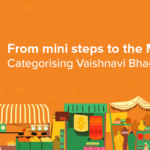A swirl of yogurt, water, spices, or sugar, Lassi is more than just a drink in India; it is an experience. Whether served frothy and sweet, tangy and salty, or infused with the richness of cardamom, saffron, and even rose, Lassi has earned its place in both rural traditions and urban cafes.
Lassi origin can be traced back to Punjab in the Indian subcontinent. From street stalls to juice bars, Lassi has come a long way, and it continues to remain an iconic beverage that is loved by people for its versatility and adaptability. In the intense summer heat, Lassi acts like a perfect cooling refreshment. Let’s take a look at the fascinating history of Lassi, its evolution, and how it continues to remain a beloved drink.
The Origin of Lassi – Where It All Began

The history of Lassi can be traced back to thousands of years. It originated around 1000 BCE, making it one of the oldest fermented drinks in the world.
Lassi aids in digestion, promotes gut health, and cools the body. It was often consumed after meals, especially in the afternoon or evening, to neutralize acidity and help with digestion.
The use of fermented milk in ancient diets is a global phenomenon, but Lassi stands out for being both therapeutic and versatile. While similar drinks existed elsewhere, India’s unique climate and agricultural setup helped it become deeply embedded in daily life, especially in rural homes.
The History of Lassi – From Tradition to Trend
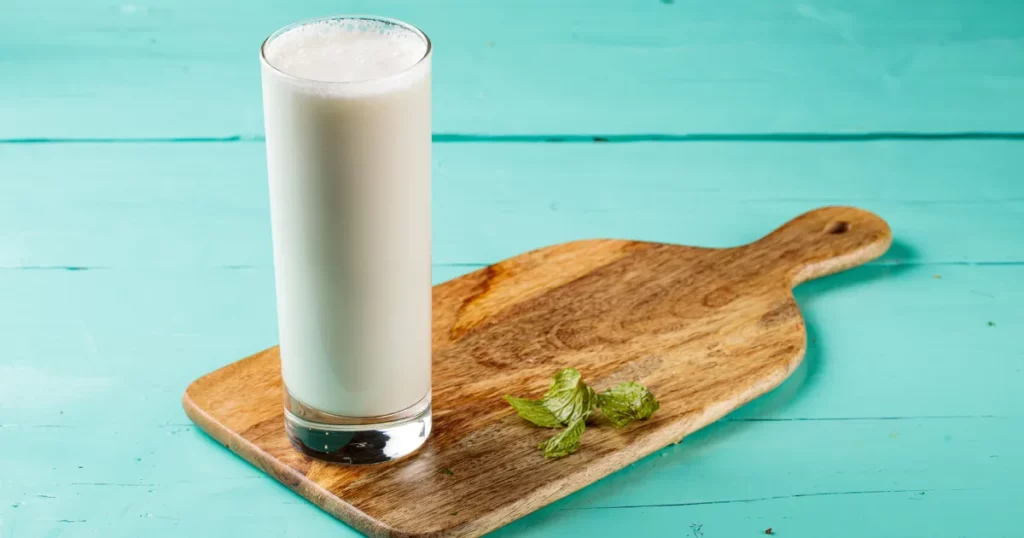
Though Lassi began as a simple countryside drink, it has evolved into a national (and even global) favorite. Lassi has been an important part of Indian festive culture. During festivals like Holi, Lassi infused with bhang (a cannabis-based paste) is famously consumed in parts of North India.
During weddings and other rituals, serving Lassi is considered a gesture of warmth and welcome. The thick, sweet version is often garnished with dry fruits, saffron, or rose petals, making it almost dessert-like in its richness.
In agricultural and village communities, Lassi was once a daily staple, especially in the summers. After a hard morning’s work on the farm, many villagers would take a break by sipping Lassi under a neem tree, often paired with bajra roti or leftover parathas. The rich, high-protein content of curd helped sustain energy and strength throughout the day, making it ideal for manual laborers.
From its rustic beginnings, Lassi found its way into the menus of modern cafes, international Indian restaurants, and even health-focused smoothie bars. In cities, Lassi has been reimagined with flavors like mango, strawberry, kesar-pista, and even coffee. Vegan and lactose-intolerant variants are also emerging using plant-based curd like almond or coconut yogurt. It’s not uncommon to find Lassi now served in glass bottles, eco-friendly takeaway cups, and even packaged cartons in supermarkets.
Despite these innovations, the heart of Lassi remains unchanged: it’s still a nourishing, comforting drink rooted in India’s culinary soul.
Lassi’s Cultural and Regional Relevance
Across India, Lassi takes on different names, forms, and flavors, reflecting local traditions and preferences.
1. Punjab: Sweet Lassi in Steel Tumblers
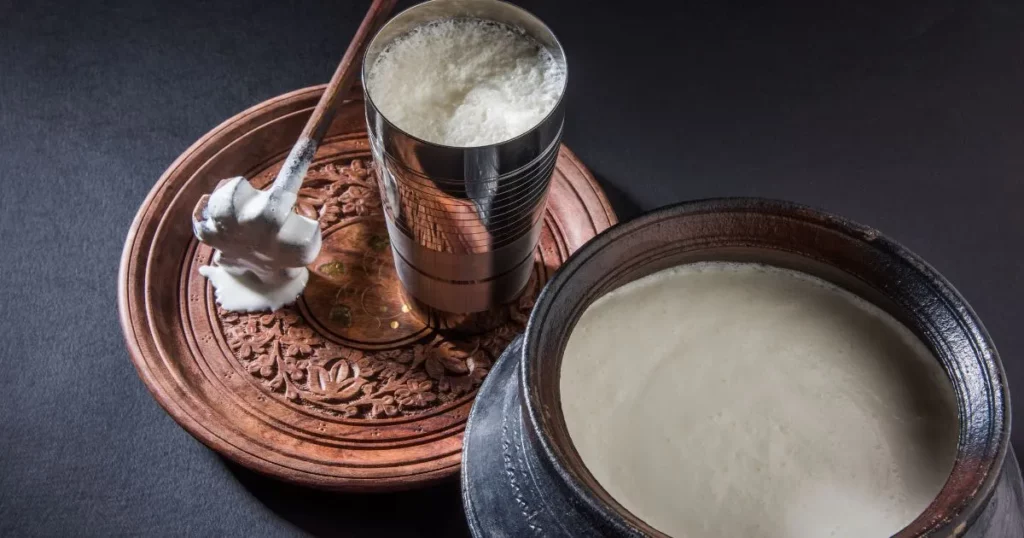
- In Punjab, Lassi is not just a drink, it’s a full-fledged meal!
- Made by churning thick curd, sugar, cardamom, and a touch of cream or butter, Punjabi lassi is served chilled in large steel tumblers, often topped with a layer of malai (cream).
- It’s a common accompaniment to parathas or sabzi and is offered to guests as a welcome drink in many homes.
- In summer, it’s not unusual for it to replace an entire meal.
2. Banaras & Uttar Pradesh: Thandai-Style Lassi
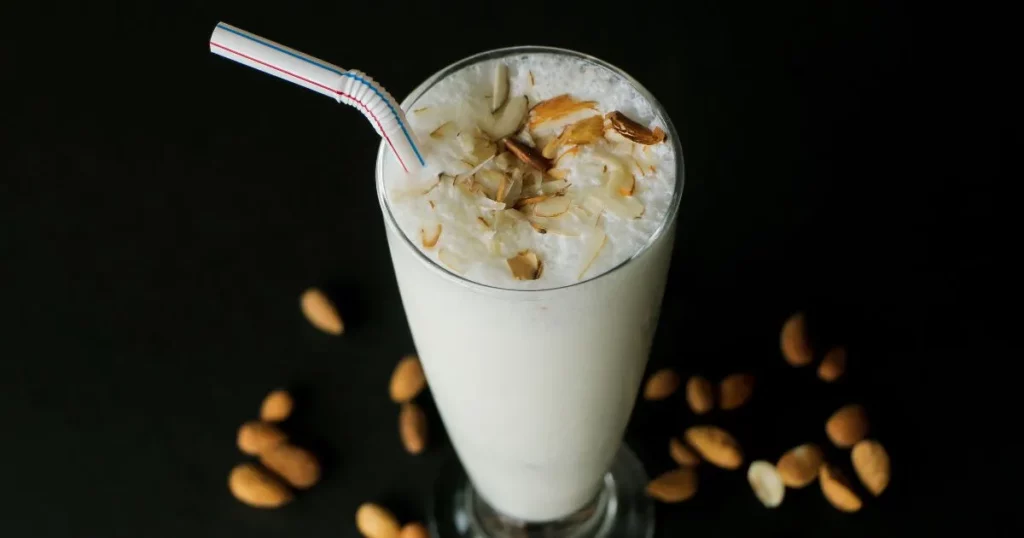
- In Banaras, especially during Holi and Shivratri, Lassi blends into thandai-style preparations, enriched with nuts, saffron, fennel seeds, and bhang.
- Served in kulhads (clay cups), the drink is earthy, aromatic, and deeply refreshing.
- Banarasi lassi is often thicker than usual, with a spoon required to scoop up the last bits of cream or malai.
3. Rajasthan: Salted Chaas-Like Version
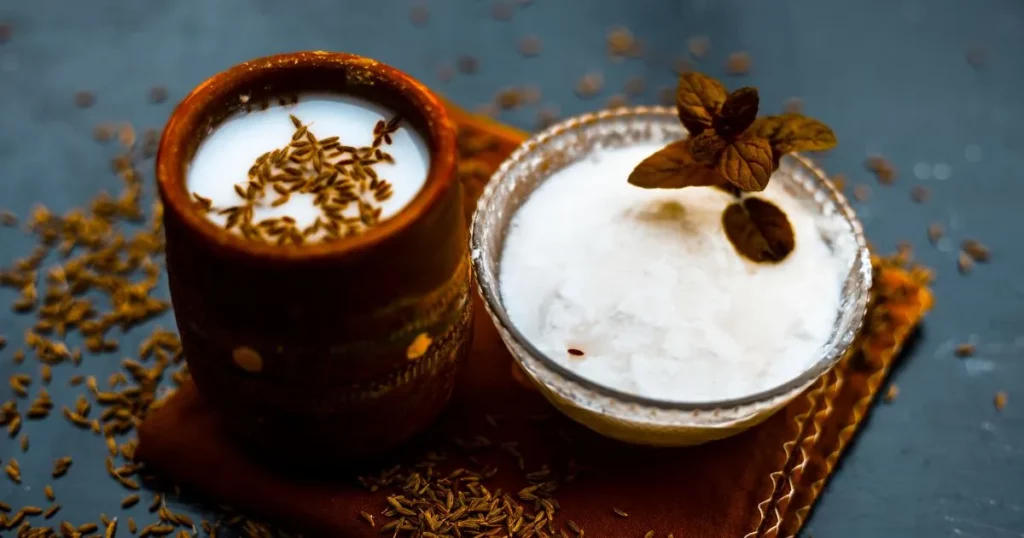
- Rajasthan’s take on Lassi leans toward the salted side, more closely resembling chaas (a diluted form of Lassi).
- Due to the arid climate, a lighter, more hydrating version is preferred, with black salt, roasted cumin, and coriander leaves.
- It’s regularly served in homes, dhabas, and thalis, especially in summer when hydration is crucial.
Cool Off the Traditional Way—Order Refreshing Lassi on Swiggy
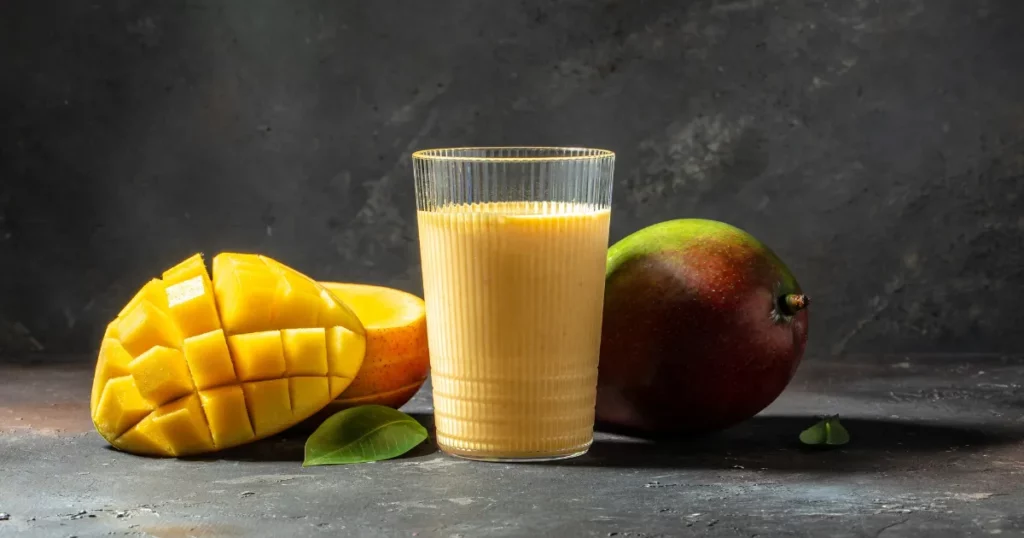
Nothing beats the heat like a tall glass of chilled Lassi, and the health benefits of Lassi are endless. With Swiggy, you get to enjoy a glass of Lassi without leaving the comforts of your home.
Check out Lassi online order near me from your favorite local restaurants and enjoy it with your friends and family. Swiggy, with its food delivery, has made it easy for you to enjoy it wherever you are, at home, at work, or on the go.
The types of Lassi are endless, from rich mango lassi to classic Punjabi sweet lassi or tangy masala chaas. Whether you’re craving something sweet and refreshing or just need a midday pick-me-up, Swiggy’s lassi options deliver a sip of tradition, with modern convenience.
Conclusion
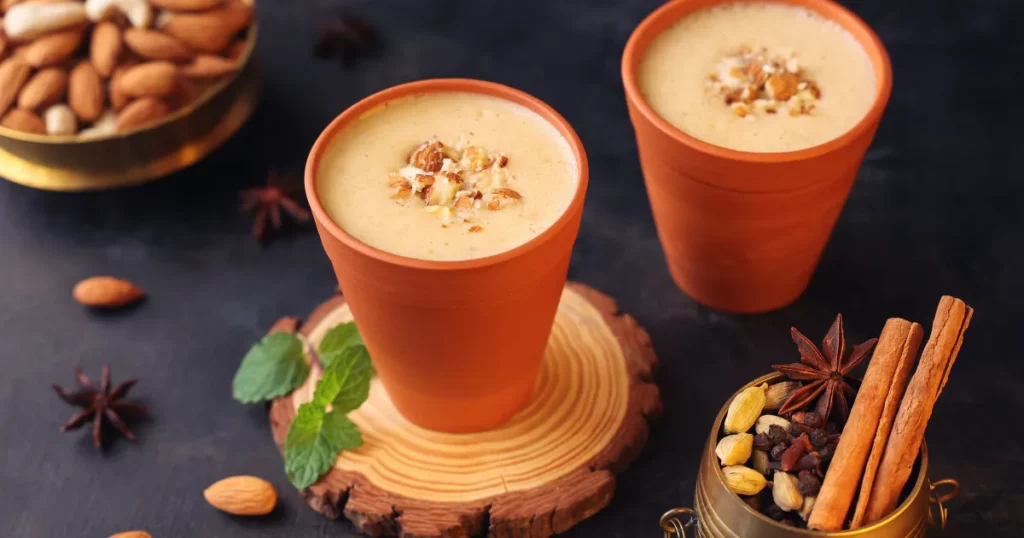
From ancient Ayurveda to bustling cafes, the history of Lassi is nothing short of legendary. It’s a symbol of simplicity, tradition, and nourishment, cherished across villages and cities alike. While Lassi origin can be dated to many years ago, it continues to remain a favorite refreshing beverage for many people.
What makes Lassi so special isn’t just its taste but its ability to adapt to every lifestyle. Whether you’re looking for a post-meal digestive, a breakfast drink, or a sweet afternoon treat, there’s a lassi waiting to cool you down.
In a world where food trends come and go, Lassi remains timeless, one clay cup at a time.
FAQs
1. Where did Lassi originate?
The origin of Lassi can be dated back to 1000 BCE in Ayurvedic texts. It began as a healing drink with digestive benefits and quickly became a staple in daily rural life, particularly in North Indian farming communities.
2. What is the difference between Lassi and buttermilk?
- Lassi is typically made with curd and water, blended to a creamy consistency. It can be sweet or salty, depending on the region.
- Buttermilk (chaas) is the thinner, more diluted version, often spiced with salt, cumin, and coriander. It’s usually considered more of a digestive and hydrating drink.
- Both are made from yogurt, but Lassi is thicker and more indulgent, often served as a treat, while chaas is more functional and refreshing.
3. Why is Lassi traditionally served in clay cups (kulhads)?
Serving Lassi in kulhads (unglazed clay cups) isn’t just a rustic tradition, it actually enhances the flavor. The porous clay cools the drink naturally and adds an earthy aroma. Plus, it’s eco-friendly and biodegradable, making it a sustainable serving choice.
Author Bio
Satisfying your cravings, one bite at a time. Discover the best eats, trends, and uncover the hidden gems with us to make your online ordering or dining experience a memorable one.





























































